It is an interesting fact that, after water, the liquid most used by man for culinary purposes is olive oil. This is not accidental at all, after all vegetable oil obtained from olives is one of the most useful things that we can find in our kitchen.
Before we introduce you to the various types of olive oil, it is important to note that no matter what you are told in the store or what the labels say, any other liquid oil obtained by the use of solvents, methods of re-esterification or by blending with other vegetable oils, does not qualify as olive oil. The technology for making olive oil is strictly defined and, with the exception of some modern technology, has not changed for millennia.
First of all, certain differences in the taste of olive oil come from the different varieties of olives from which it is produced. Each one has its own unique qualities and flavors that affect the final product.
Some types of olive oil are made by blending different varieties of olives, while other types, called monovarietal olive oils, are made from olives of the same variety. The variety of olives planted, as well as the ripeness of the fruit, are the components that contribute most to the flavor of the olive oil.
There are three main types of olive oil. These are cold-pressed, pressed and pure olive oil. The best is the cold-pressed olive oil, which is also called extra virgin.
It is rich in vitamins and nutrients. It is not subjected to any heat or chemical processing. It is obtained from the cold pressing of extremely high quality olives.
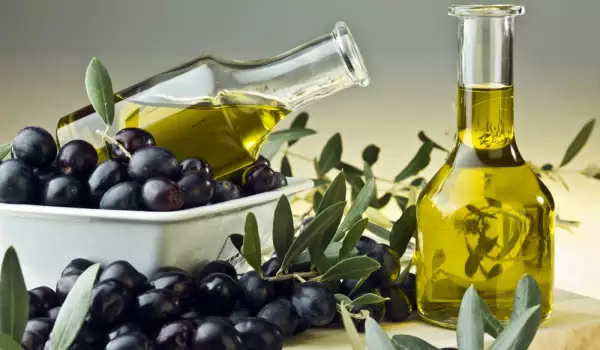
This type of olive oil is pure, authentic and superior in every way. It contains two types of valuable fatty acids in an optimal ratio – 80% oleic acid and 10% linoleic. It is also a source of vitamins A and E, known as the vitamins of eternal youth.
Virgin olive oil or just pressed olive oil is also obtained from the first pressing of the fruit and is produced without refining. Technically, virgin olive oil can have an acidity level of up to 3%, however industry practice in producing countries is to keep acidity below 2%. Its intense aroma varies and its taste is lighter than that of cold-pressed olive oil.
Pure olive oil is a mixture of virgin and refined olive oil. It is very low in vitamin E. That is why manufacturers add unrefined olive oil to add flavor, color and aroma to the combination.
Its lower nutrient content compared to virgin olive oil makes it cheaper. This olive oil cannot be used for dressing and is more suitable for cooking at higher temperatures.
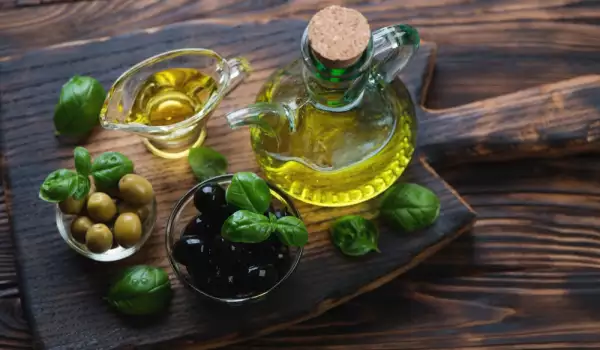
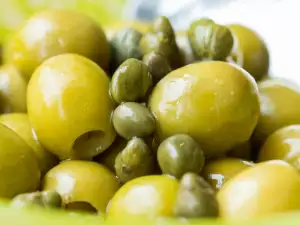




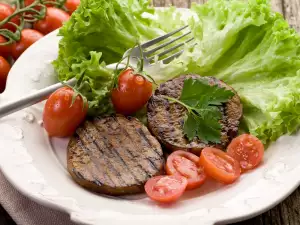




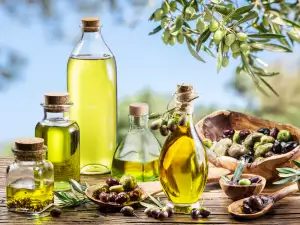
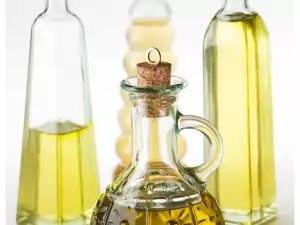







Comments